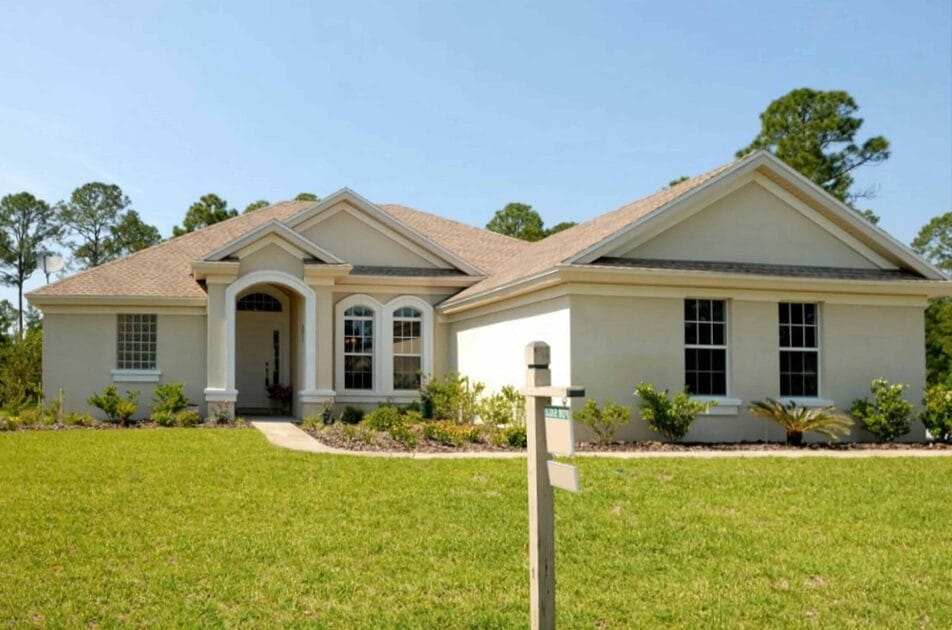Is it a good idea to buy a house in the United States in 2024?

Unexpectedly, the number of home sales fell this year, falling nearly 17% from their peak in February to their trough in October, according to data from the National Association of Realtors (NAR).
Contrary to expectations, home prices have reached historic levels, registering an increase of 7% since the beginning of the year and are currently 1% above the 2022 peak, according to Case Shiller indices.
The biggest surprise came with mortgage rates, which were close to 8%. In late October, the average 30-year fixed-rate mortgage hit 7.79%, marking the highest level in 23 years, Freddie Mac reported.
These factors combined to create the least affordable housing market in a generation. Existing home sales fell below 4 million units, a level not seen since 2010. Despite the decline in buyers, house prices continued to rise due to a shortage of properties on the market and competition among buyers.
What does 2024 hold?
“At the beginning of this year, I called it a year of disappointment,” said Jonathan Miller, president and CEO of Miller Samuel Real Estate Appraisals and Advisors. “Now I call it the ‘Year of Gradual Change’.”
Even though inflation has peaked, the shadow of recession lingers. The outlook is that 2024 will bring a gradual improvement in home sales, prices and mortgage rates without major shocks.
Rates will fall
Mortgage rates have fallen for nine consecutive weeks and are expected to continue falling in 2024, although they are unlikely to fall below 6%.
The average rate for a 30-year fixed-rate mortgage has fallen nearly one percentage point this year, to 6.61% at the end of December.
The Federal Reserve’s historic campaign to curb inflation by raising interest rates has had a significant impact on the housing market, with rising rates reducing demand and driving out potential buyers.
“Rising mortgage rates in 2022 and 2023 were probably the main reason for the housing market to stabilize,” highlighted Skyler Olsen, chief economist at Zillow. “The recent decline in rates has stimulated activity.”
Zillow predicts that mortgage rates will average 6.8% through 2024, closing the year near 6.5%.
NAR chief economist Lawrence Yoon expects the 30-year mortgage rate to average lower, reaching 6.3% in 2024, and the Federal Reserve to cut rates four times, which could calm tensions. Inflation status.
Improved affordability
In October, the typical buyer spent more than 40% of their income on mortgage payments, reaching an all-time high according to Zillow data dating back to the 1990s.
With mortgage rates expected to drop in the new year and more homeowners willing to sell as the gap between their rates and current rates narrows, more homes are expected to come on the market, contributing to price stability in some places and preventing increases in others. .
Although those expecting a significant drop in prices may be disappointed, forecasts suggest that house prices will remain relatively stable in 2024. Zillow predicts a minimum decline of 0.2%, while Realtor.com predicts a decline of 0.2%. This year compared to 1.7%.
Scheduled hikes
The NAR forecast suggests a slight increase, reaching a median home price of $389,500 in 2024, a 0.9% increase from this year.
With mortgage rates at 6.6%, the average American family can afford to buy a median-priced home without spending more than 30% of their income, according to NAR, the affordability standard. With this outlook, it is estimated that 4.5 million households will regain the ability to afford a moderately priced home.
Home sales are expected to increase in 2024
With increased inventory and slightly lower mortgage rates, existing home sales are expected to increase, according to NAR estimates.
Nearly 5 million new home sales
Yun predicts sales of 4.71 million existing homes in 2024, up 13.5% from this year, which will close with sales of about 4.1 million units.
Continued new home construction is expected to increase inventory, with 1.48 million housing starts forecast in 2024, including 1.04 million single-family and 440,000 multi-family.
Based on pent-up demand, Austin, Texas, will lead the housing market, with other metropolitan markets in the South outperforming others due to rapid increases in employment, while markets in the Midwest will benefit from becoming more affordable, according to Yoon. .
Among the cities expected to outperform the national average are Dallas and Fort Worth, Texas; Dayton, Ohio; Durham and Chapel Hill, North Carolina; Harrisburg, Pennsylvania; Houston; Nashville, Tennessee; Philadelphia; Portland, Maine; and Washington.





